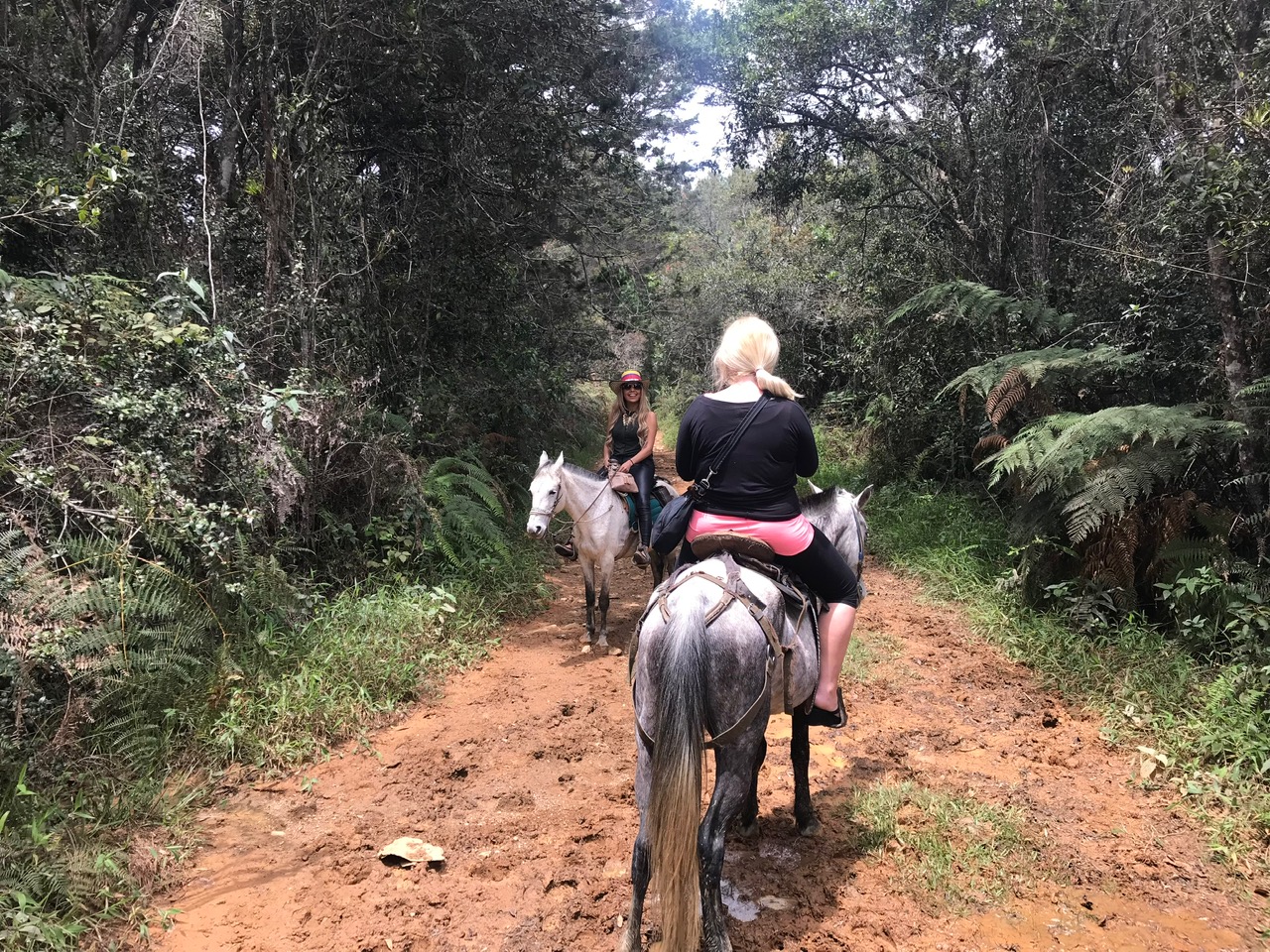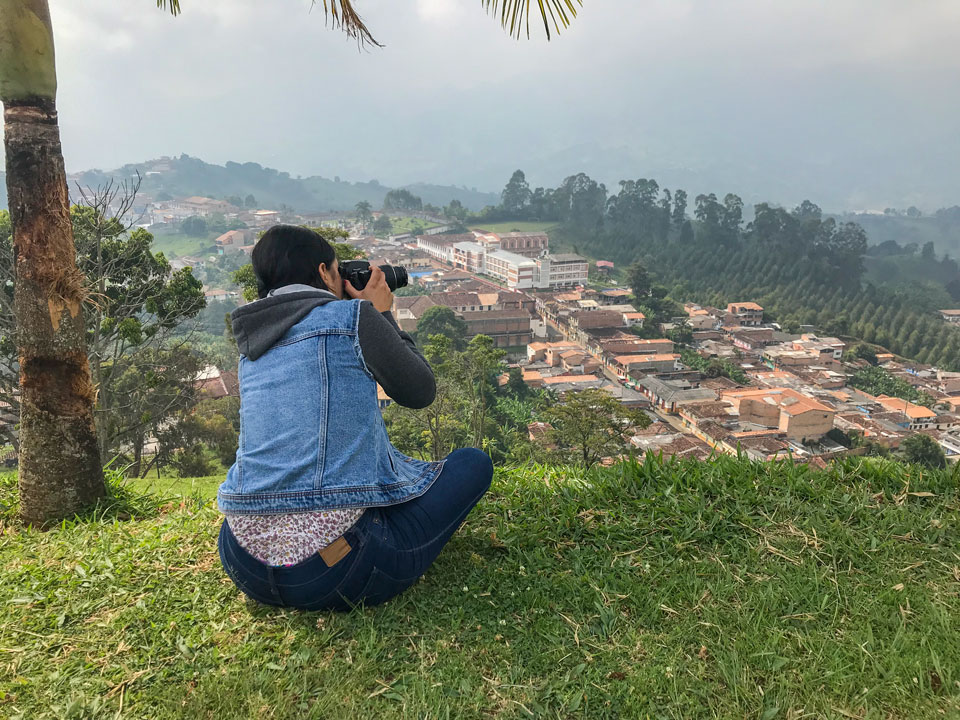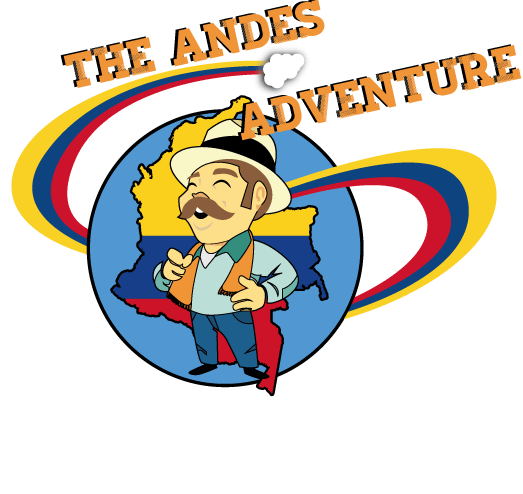TOUR HIGHLIGHTS
╔════════════════════════════════════╗
🚶 Walk through Medellín’s historic downtown and hidden gems
🏛 Visit Alpujarra, Palacio Nacional, Botero Plaza & Carabobo Street
📜 Learn Medellín’s transformation: past, present & culture
🗣️ Bilingual local guide (English/Spanish)
🕒 Approx. 3–4 hours walking experience
╚════════════════════════════════════╝
TOUR DESCRIPTION
We’ll start our tour by meeting at your nearest Metro Station and heading towards Alpujarra Station, where our adventure begins at the “Alpujarra Administrative Center.”
Here, you’ll discover the old railroad, a symbol of our city’s prosperity. With its original colonial architecture still intact, this spot was so important that Medellín chose it as the hub for administration. You’ll find the Municipality Palace, Government Buildings, the Palace of Justice, and impressive sculptures that honor our Paisa culture, while also reflecting on our complex history and the people who shaped Antioquia’s development.
Next, we’ll stroll down “Carabobo Street,” the heart of the city’s commerce. It’s a lively pedestrian street packed with everything you can imagine—if you can’t find it here, it doesn’t exist! The street is buzzing with life, music, street vendors, shops, food, and culture. But before we dive in, we’ll pass by the Lights Park, a symbol of Medellín’s transformation. With 300 towering posts, this park represents the city’s enlightenment, standing proudly where Medellín’s most important square used to be.
We’ll continue our walk to “San Antonio Park,” where you’ll see the only remaining evidence of the dark times our city has faced. Tragically, in June 1995, a bomb was placed in the middle of one of Botero’s sculptures during a concert, resulting in many injuries and deaths, including children. It’s a painful part of our history that we acknowledge, even as we move forward.
Our next stop is “El Palacio Nacional,” a historic architectural gem in Medellín. Built in the neoclassical style in the early 20th century, this palace is a testament to the city’s rich history and culture. Originally designed for government offices, it now serves as a cultural center and museum, showcasing exhibitions that highlight Colombia’s political, social, and artistic evolution.
We’ll wrap up our tour at “Botero Plaza,” named after the renowned Colombian artist Fernando Botero. The plaza is filled with Botero’s famous “fatties”—23 oversized bronze sculptures that invite you to interact with his legacy in an open, public space. The larger-than-life sculptures are sure to bring a smile to your face.
Established in 2002, this plaza marked a turning point in Medellín’s efforts to reclaim public spaces and promote social inclusion. By dedicating this prominent square to Botero’s work, the city celebrates its cultural heritage and reinforces its commitment to peace, reconciliation, and cultural expression.
End of Tour.

















